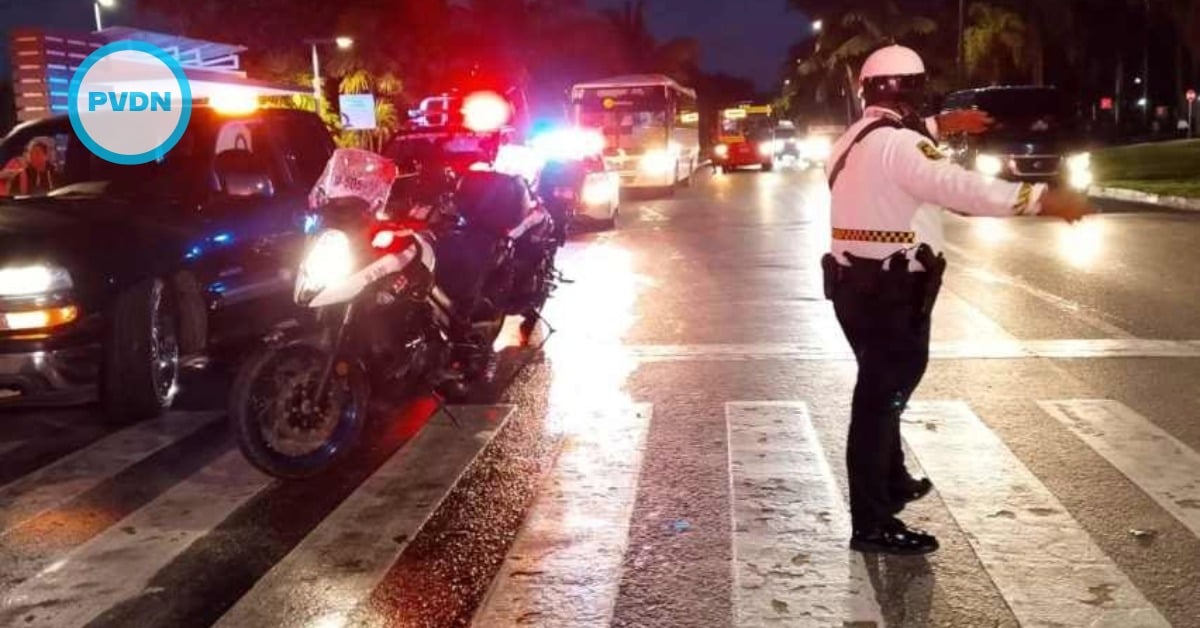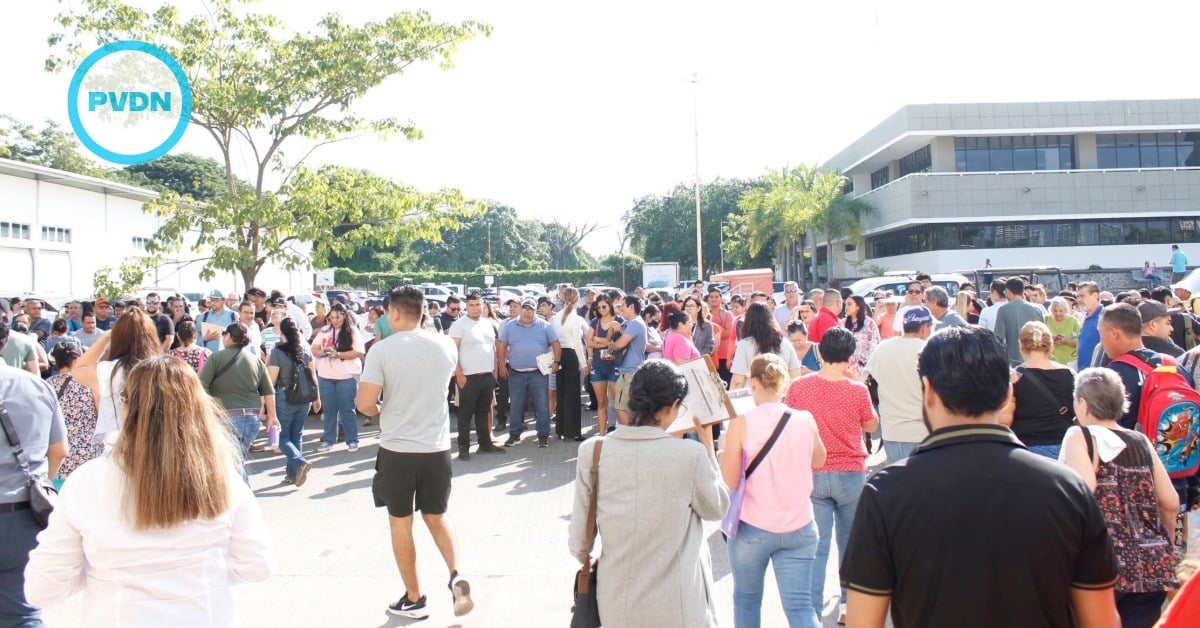The Popocatépetl volcano reported 120 exhalations in the last day, according to daily monitoring carried out by the National Center for Disaster Prevention (Cenapred) together with the National Autonomous University of Mexico (UNAM). Currently, Don Goyo -as it is also called- is …





